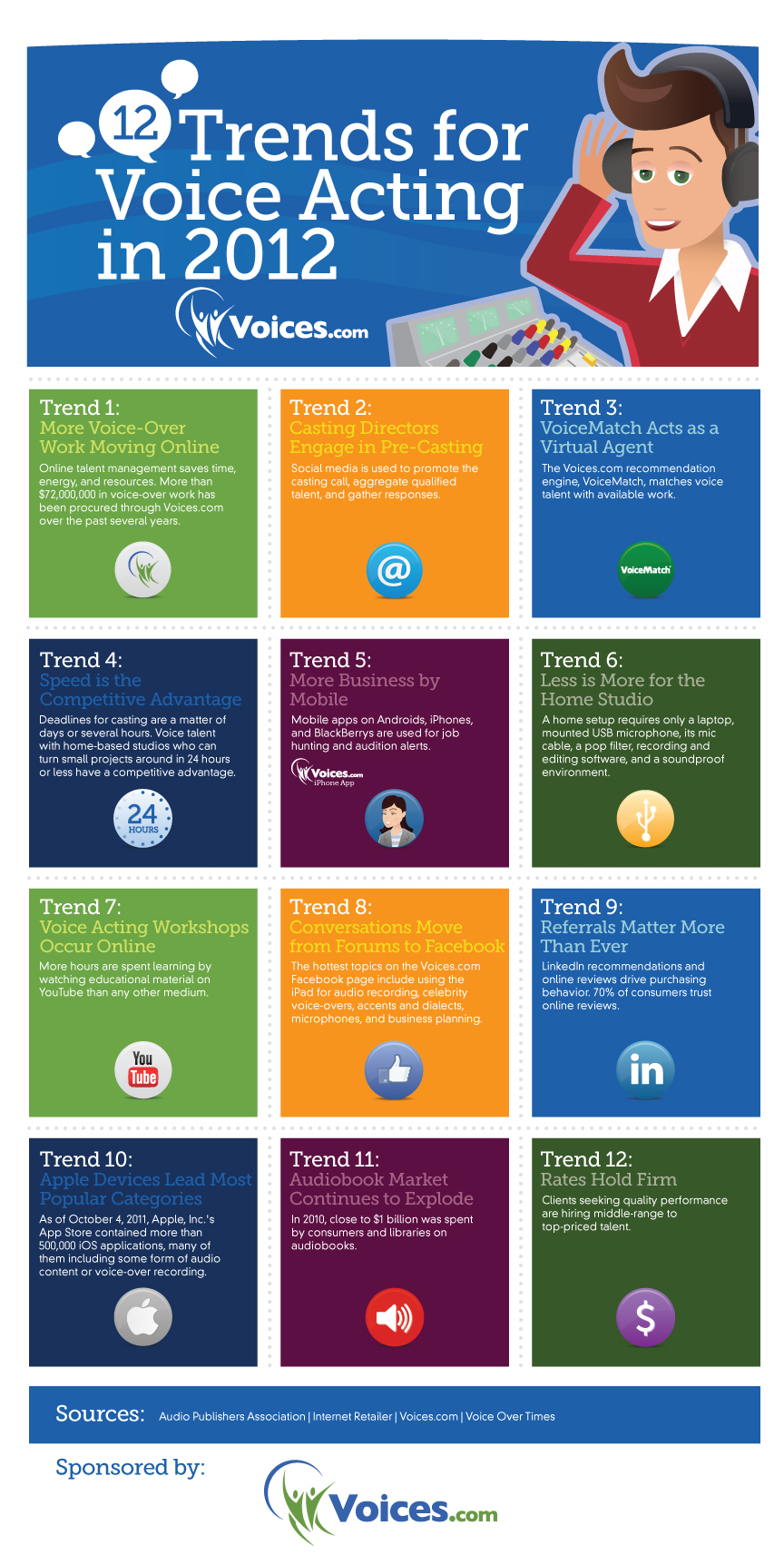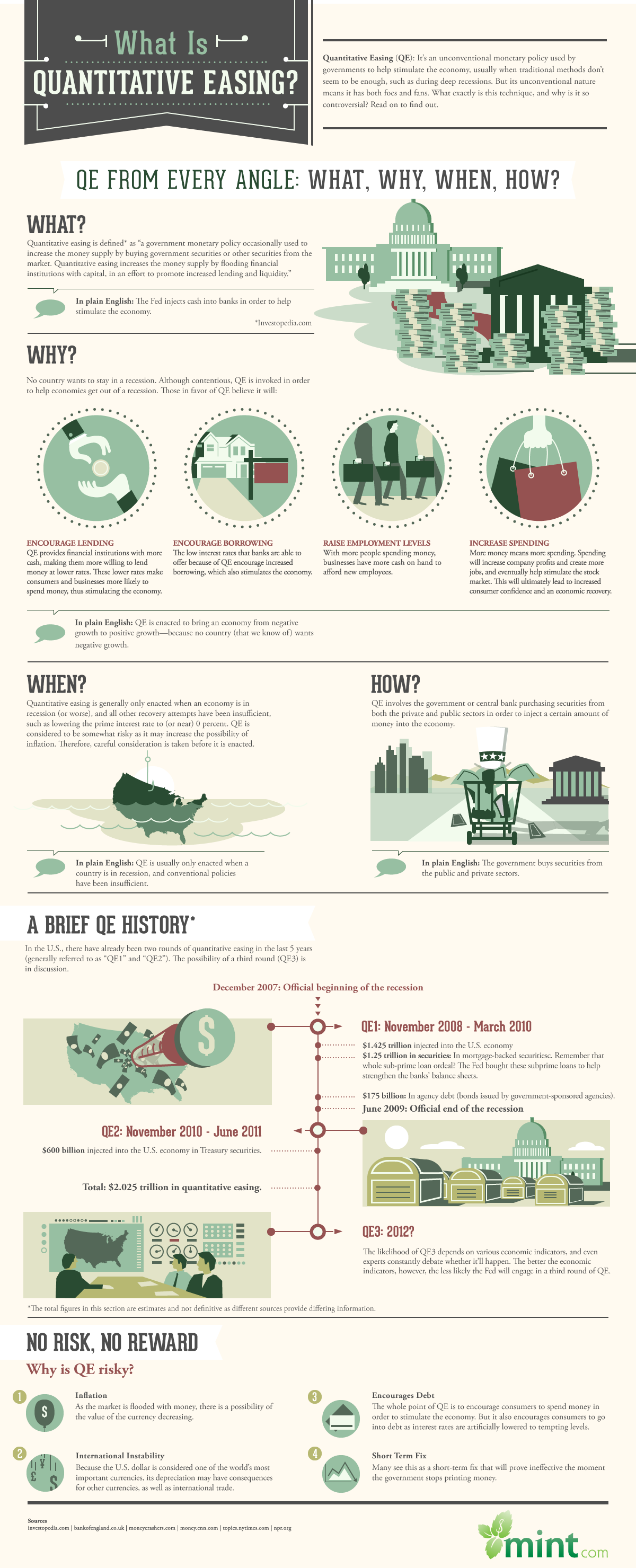Tag: Infographic
The Girls of James Bond
Who’s Winning The Lingerie War?
Get Your Electronics Organized!
Boating Safety Statistics (Infographic)
Infographic: Trash and Recycling Trends
Ever wondered how much trash you create over the course of a year? The amount may surprise you! This infographic to show you the dirty details on just how much garbage is generated and recycled across the globe
Via
Summer Opportunities for Students
With summer fast approaching, large numbers of high school and college students are searching for summer jobs, beginning an internship or enrolling in summer school. Other students choose to use summer as an opportunity to sleep in, hit the beach and take advantage of a carefree lifestyle.
Why America’s Education Isn’t Worth the Money
America spends a lot of money on education, and the announcement of the 2013 budget plan is no exception. With a projected $1.7 billion increase from last year’s education spending plan, the U.S. government will continue to have the priciest school spending on the globe, outranking every other country in price-per-student costs. From specialized classes for lagging students to sophisticated technology in kindergarten classes, the U.S. government is committed to spending whatever it takes to give kids a top-notch education.
But despite this spending, American students just don’t seem to be measuring up. Outscored by nations who spend far less, public school students in the U.S. don’t seem to be making any headway. Test scores, graduation rates, and general student achievement have all stagnated in America since the 1970s, and ACT scores have begun to decline. So when American students fail to achieve year after year, the question arises: Exactly what is that money doing for America’s education?
Facebook’s IPO Compared to Those of Other Tech Giants
Infographic: What is Quantitative Easing?
When traditional methods used to stimulate the economy don’t work, what do governments do?
Quantitive easing, defined as “a government monetary policy occasionally used to increase the money supply by buying government securities or other securities from the market,” is often used to increase the money supply and promote lending and liquidity. Fan or foe, it’s an unconventional monetary policy used during deep recessions.










